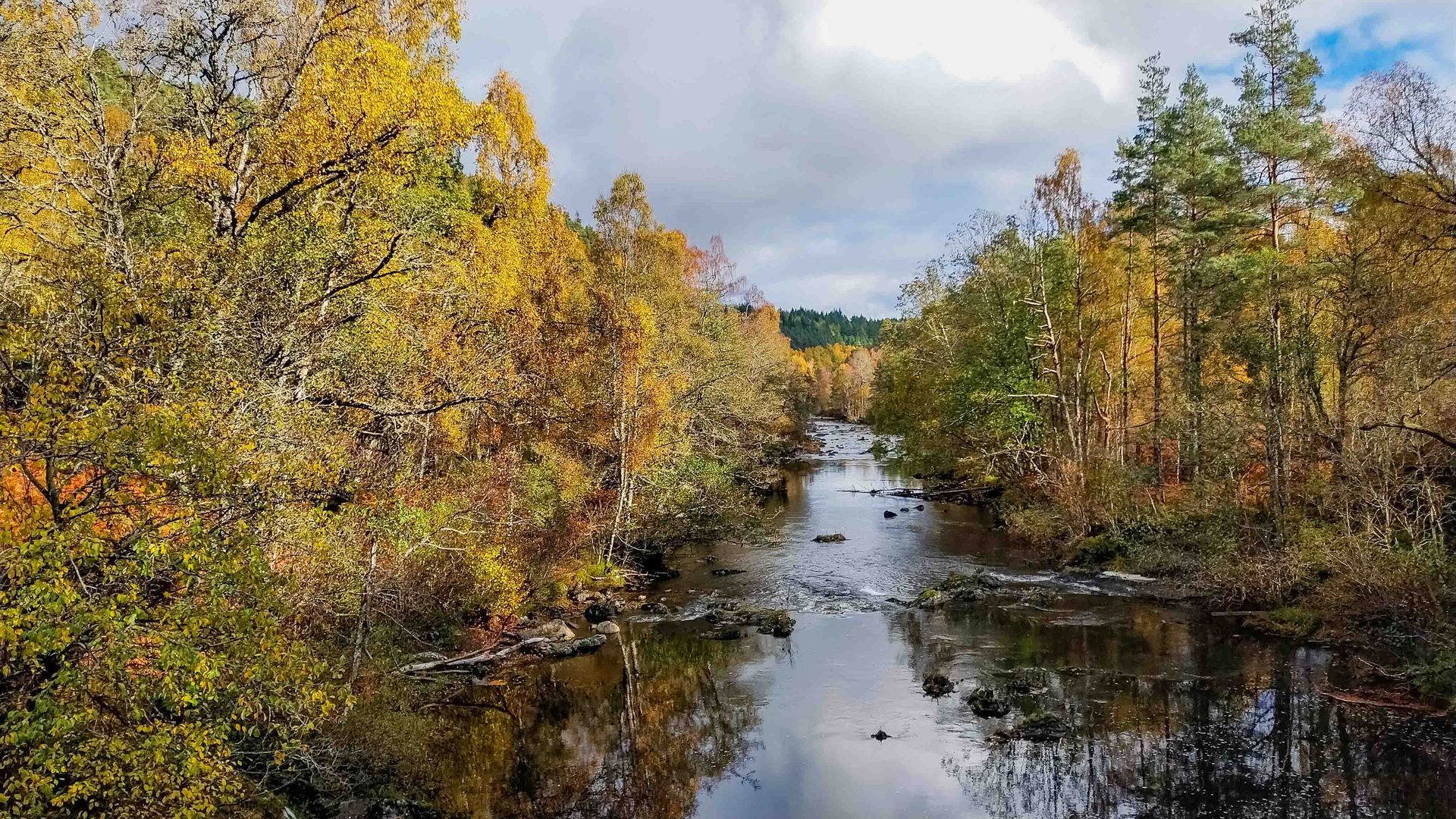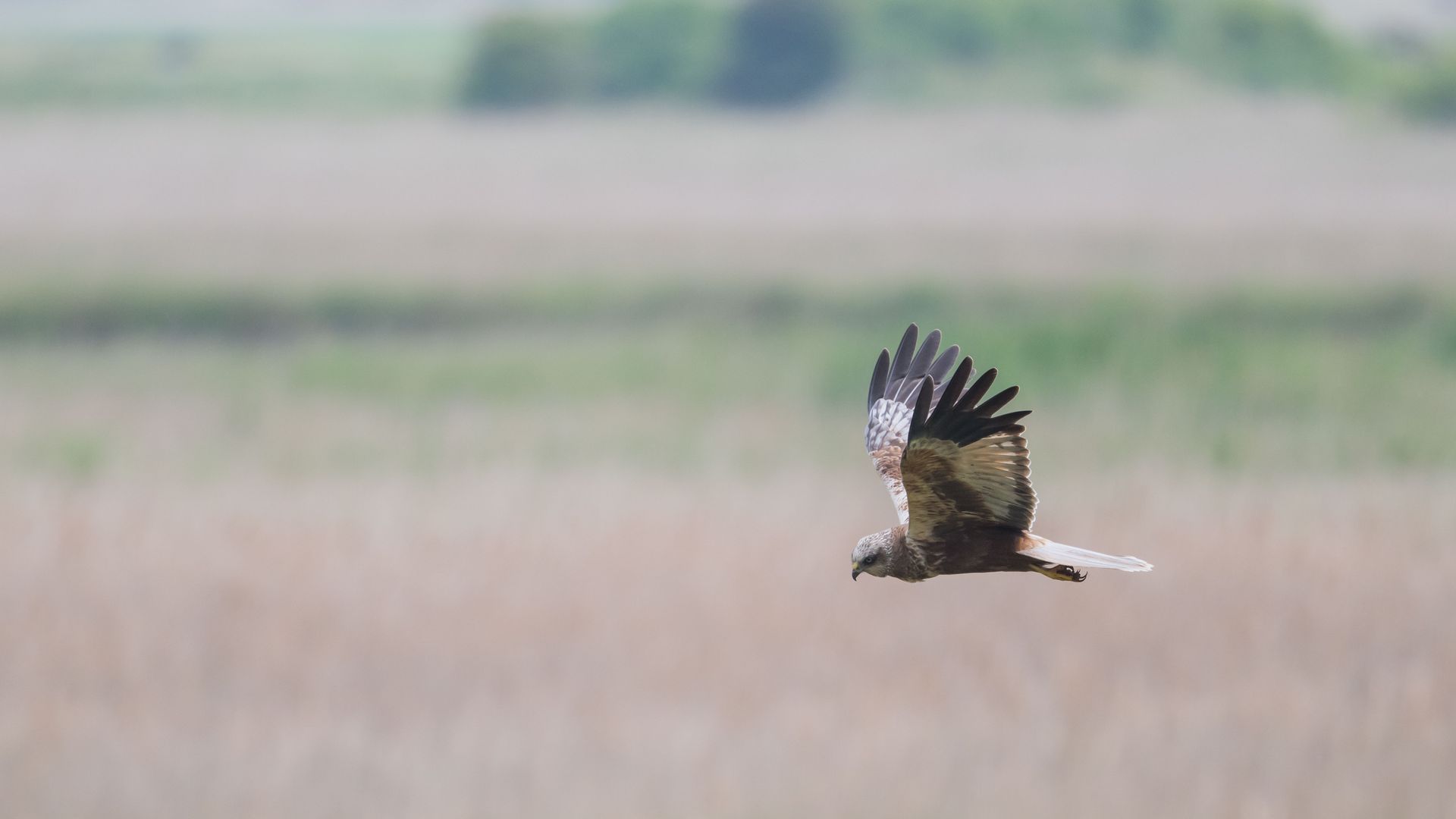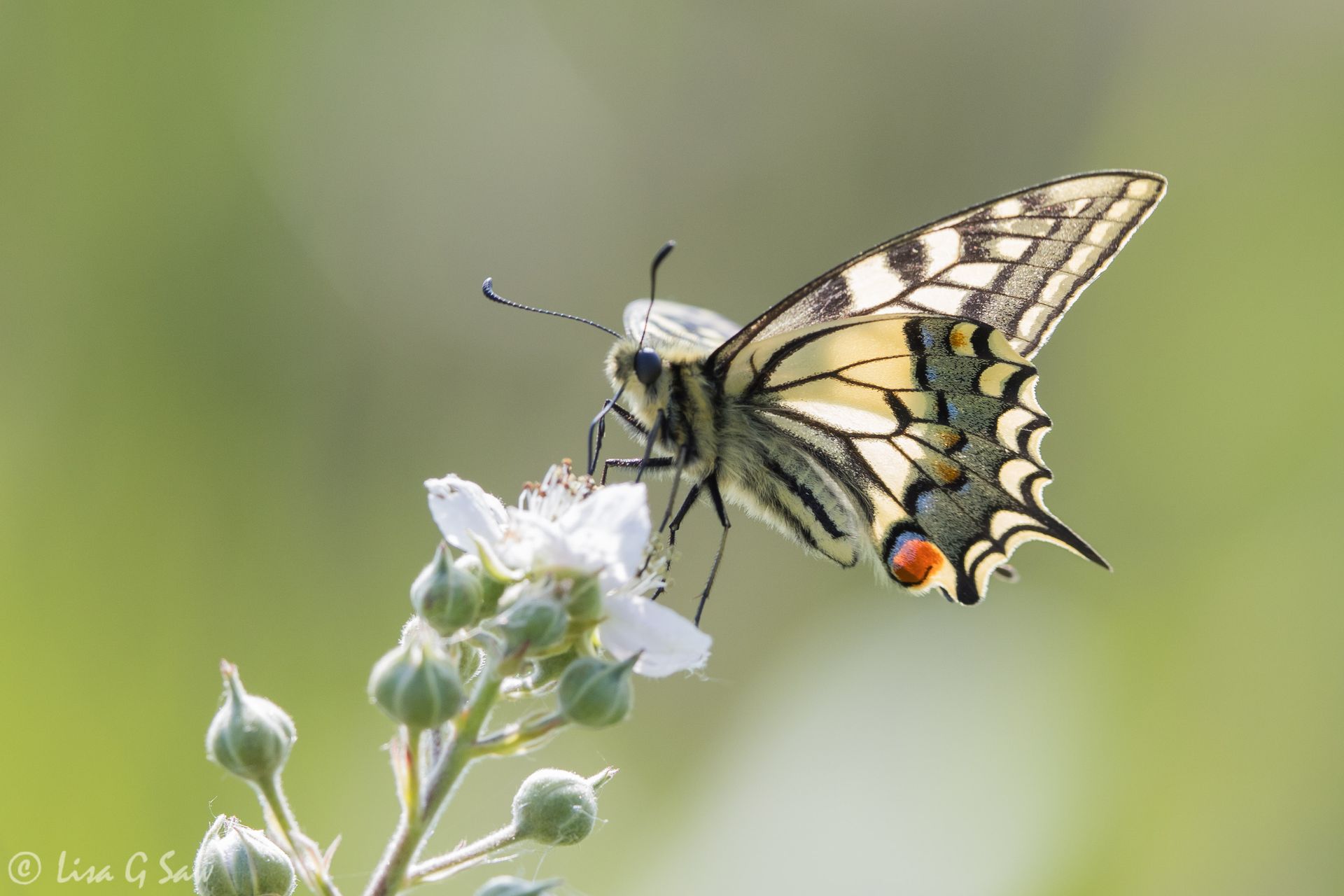Black Guillemots In Oban
31st May 2024
This is the next post in the series about my extended holiday up north in the spring. Having had a great start in
Fort William, including looking for the
Chequered Skipper butterfly, we then moved on to the Isle of Mull. We travelled south to Oban, where we would be catching the ferry across to the island. We timed it such so that we would have some time to walk around the harbour and look for the Black Guillemots that are known to breed there, right in the harbour wall. We managed to park nearby and it didn't take long before we saw a black head sticking out from a hole in the wall right beneath us.
We were able to walk to a lower position, by the water's edge, to observe their comings and goings. Their bright red legs and feet are stunning against the contrast of their black bodies, which is what differentiates them from Common Guillemots. The latter species were the only ones I'd seen before that day. I was quite enthralled by the Black Guillemots. They're so striking!
We only saw about a dozen of them at most. There were some hiding in the nests within the wall and some were swimming around on the water not far away. At one time, I suddenly spotted a pair mating. The male climbed up onto the female's back, balancing rather precariously. She remained hunkered down low, whilst waiting for him to do his business. Then a few seconds later, it was all over. It really was over so quickly! He slid off as she lifted up and inched forward, looking as though she were wiping her behind along the rock. Then, she stood upright, glancing my way. I felt a little guilty I caught them in the act!
The birds would sometimes fly off just a short distance or further out, and then circle back in. Some even stayed further out, presumably to go fishing for food. It was a great opportunity for me to practice some action shots with my new mirrorless camera. With its advanced tracking capabilities, I was really impressed with the results, keeping the bird in focus as it moved.
I love these kind of action shots, especially when you can see their amazing red legs. They look like they're running on water. What's even more striking is when you see inside their beak. The red is such a surprise the first time.
It was also fun watching them have a bath in the water, semi-submerging themselves, then coming up and shaking off the water quickly. They open out their wings as they do so, lifting up out of the water more than usual, almost as though they're standing up.
It was a lot easier capturing the Black Guillemots flying, when they started off in the water and were taking off. They gradually accelerated and their direction of travel and movement was more predictable. Trying to photograph one of them as it comes in to land, either on the water or on the harbour wall was much harder. They were so quick and difficult to track. But, I had a lot of fun trying and was pleased with the next two photos.
I love how they open out their wings and widen their legs, splaying their tail feathers, all to help them slow down, just before they land in the water.
Bob and I were both sitting on a low wall that jutted out into the water. Evidently, the tide didn't submerge the part where we sat, but to the right of where we were looking, the wall was completely covered in seaweed. Our attention was focused along the base of the harbour wall, but at one point, Bob turned to look at me and saw a Black Guillemot had snuck up onto the wall without us realising. It had to be less than eight metres from me. It certainly didn't seem bothered by our presence. It sat in the amongst the seaweed, preening itself and then shaking off some water. I couldn't even extended the lens out to its full reach of 500mm or the bird would have completely filled the frame.
We also were lucky enough to witness some courtship behaviour. I often saw two birds swimming around in circles. Sometimes it looked a bit more aggresive than I was expecting, with prodding, poking and nipping at each other. I'm guessing this was mostly the male trying to get the female's attention. I can think of better ways to win over a mate! The best part about it was being able to see inside the beak again and to see the red legs underwater moving about frantically as they danced around in circles. It reminds me of synchronised swimmers! You often don't see the frantic movements below water when above it can look so calm.
After a joyful hour of watching the behaviour of the Black Guillemots, we left them to have our lunch. I had so much fun and it was a great way to break up an otherwise uneventful travel day.
The next post in the series is
Wildlife at Duart Castle.



